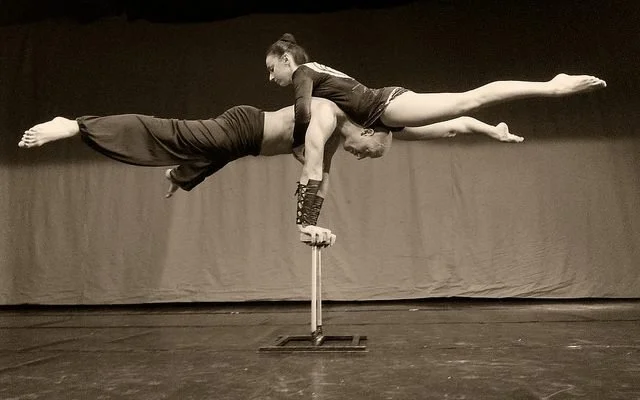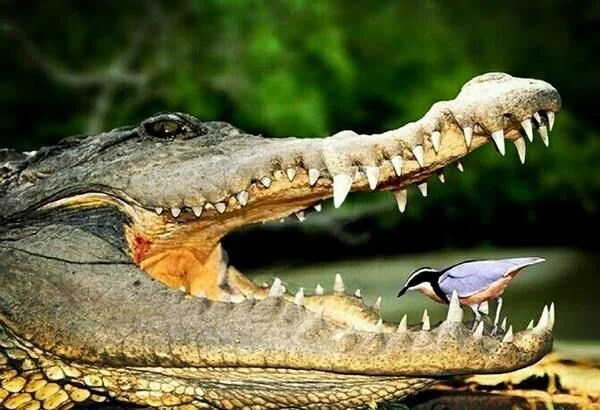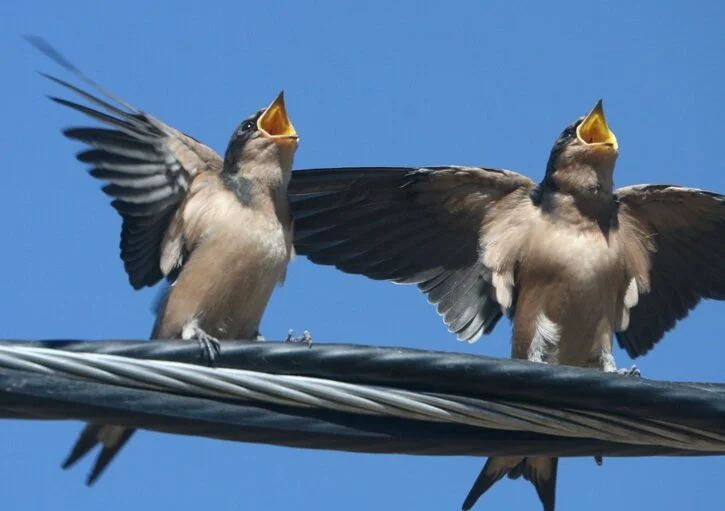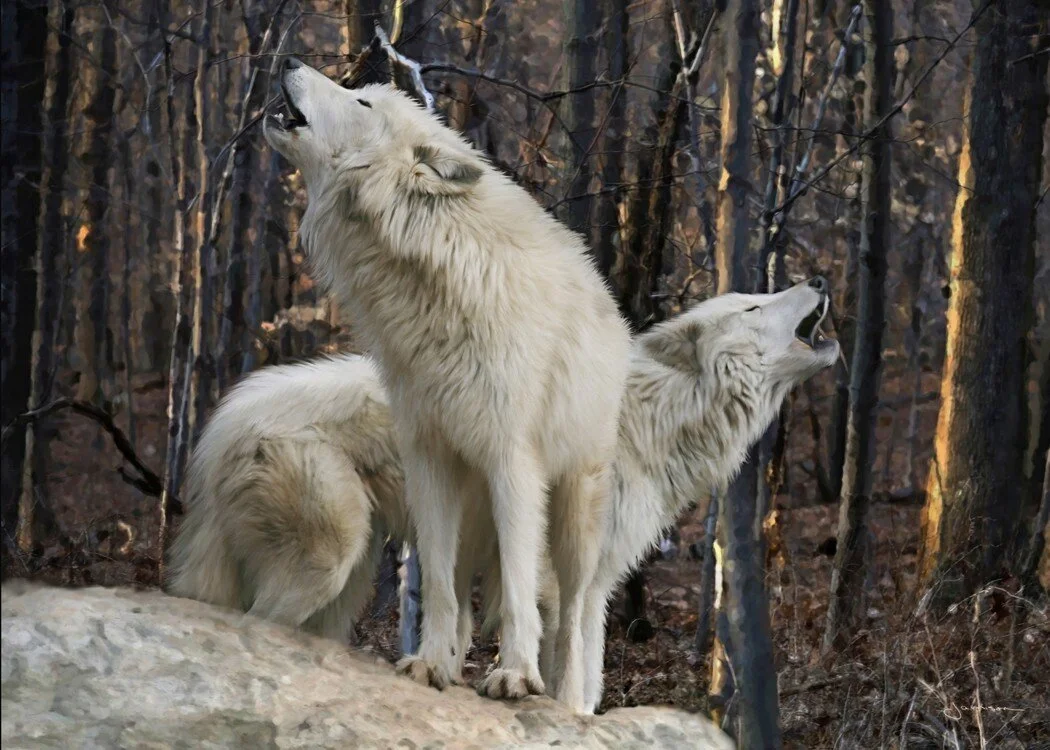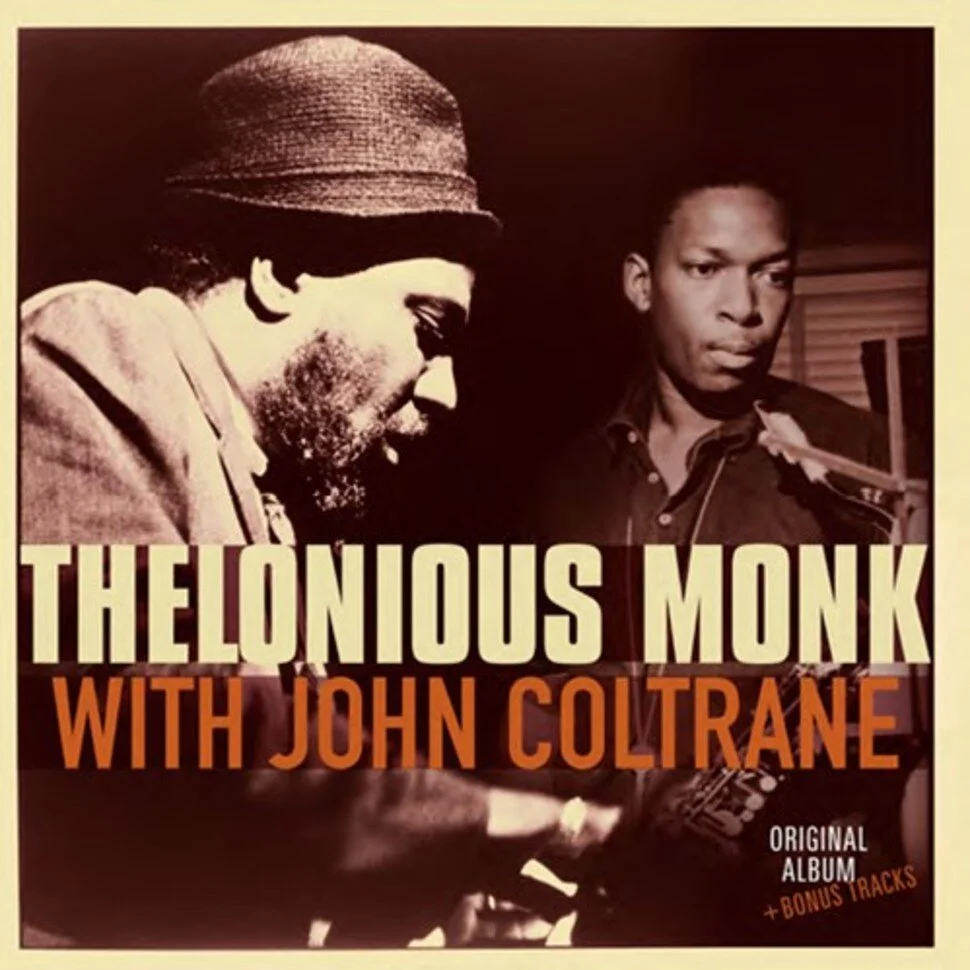By The Landlord
“The meeting of two personalities is like the contact of two chemical substances: if there is any reaction, both are transformed.” – Carl Jung
“Storms make trees take deeper roots.” – Dolly Parton
Two's company? Just the two of us? The perfect pair? But what strikes the right balance in a duo? Sweet and sour, or fire and ice? Whatever the ingredients, it’s a fascinating fusion that’s hard to define, and while a great duo might be the musical equivalent of two people falling in love, or being just like, or literally, two sibling peas in a pod, where mutual understanding is instinctive, instantaneous and unspoken, what’s best? Where the chemistry and creativity is cosy or or firey, where there’s a warm glow or where sparks fly? But where there’s electricity in performance, some of very best are often the most fragile. It's the classic dynamic of burning extra brightly but also fizzing out early.
So this week the parameters are simple. It's songs or instrumentals played by exactly and no more than two people, whether in any combination of vocals, acoustic, electric or electronic, but with no backing band involved. Duets, unlikely or otherwise, have come up in the past as topics, but often might have included a band or orchestra. Here though, overdubbed instruments or synth work can be included, as long as no one else does the performance, while producers can be a separate entity as long as they don't play.
But what makes for a great duo and how does it come out in performance? Perfect balance of sound? Unspoken understanding and harmony? Symbiosis of roles? Contrast in character? Fragility, insecurity and tension? Let’s dip into some examples.
Perfect balance can also be fragile
Perhaps it’s the chemistry that matters most in any song suggestions, but how might that manifest itself? One of the oddest pairings, albeit a fictional one, occurs in John Boorman’s 1972 film Deliverance, a five-minute sequence in which the strange, steel-string-taut tension between brash, but well-meaning tourists and hostile, inbred locals, finds a brief encounter of harmony via a spontaneous duet of plucked bluegrass. But it’s only the music that unites them, before receding again into a culture clash of city slickers versus mountain caution, fear, hostility, and ultimately violence. It’s like the careers of the some of the best duos in a nutshell.
Incidentally the actor who played the banjo boy, Billy Redden, with that distinctive face and brief toothless smile, couldn’t actually play, and in some shots we actually see the hands of a local musician, Mike Addis, on the fretboard. The music for the film was arranged and recorded by musicians Eric Weissberg and Steve Mandell, while the tune itself was originally by bluegrass musician Arthur "Guitar Boogie" Smith, composed in 1954 by Smith as a banjo instrumental he called "Feudin' Banjos”. But what a moment, what a scene.
This week’s topic can cover almost any genre, from classical to jazz, folk to rock or punk, dance music and electronica. In early modern pop, the perfect fusion of the Everly Brothers’s voices became hugely influential on others, inspiring, notably two middle-class Jewish boys, Paul Simon and Art Garfunkel to do their own. But the eventual fragility and tensions, after extensive touring and huge success are well documented. Towards the end the brothers would stay in separate hotels and take separate limos to their gigs, and would only communicate on stage, barely even looking at each other.
So close, but also so far apart. The Everly Brothers.
It’s ironic that Simon and Garkunkel’s breakup would come around the recording of their most acclaimed album, Bridge Over Troubled Waters. The magnificent bridge collapsed. But why? At the heart of it, both were insecure despite their huge success. Their manager, Mort Lewis, described the rivalry between them.
"They both envied the other’s place in the team. Paul often thought the audience saw Artie as the star because he was the featured singer, and some people probably thought Artie even wrote the songs.
"But Artie knew Paul wrote the songs and thus controlled the future of the pair. I don’t think he ever got over what happened with Tom & Jerry.”
Tom & Jerry was their early performance for recordings from 1957-64. Their look was very Everlys, and in the end they fought like the cartoon characters.
Tom & Jerry. Do they look familiar?
In the 1970s and beyond they appeared again several times including the famous Central Park concert, but things were never the same. In 1990, they were inducted into the Rock and Roll Hall of Fame. At the event, Garfunkel thanked Simon, calling him "the person who most enriched my life by putting those songs through me"; Simon responded: "Arthur and I agree about almost nothing. But it's true, I have enriched his life quite a bit." After performing three songs, the duo left without speaking. Perhaps their symbiosis, unlike that of the crocodile and plover, simply ended up with too much bite.
I’ve got your bac-teria. Crocodile and plover in symbiosis
But duos aren’t always a story with a sour ending. Successful duos come in all forms perhaps because they are sufficiently different to one another. Often the personnel involved are quite contrasting in character, and as in successful relationships, perhaps one is, an least outwardly, the extrovert, balancing with the other, perhaps more steady-handed introvert, their different skills giving space for the other to shine. Here are few examples:
The White Stripes seemed to have a unique form of chemistry with a strange history – previously married, but then portraying themselves as brother and sister, with Jack White as the clearly dominant member, but thriving on the limits of Meg’s drumming style and some enigmatic form of anchor for his passionate, mercurial nature.
Duos come in many forms. Others might also exhibit the extrovert-introvert dynamic working effectively, and clearly far better together than separately. In the Pet Shop Boys, Neil Tennant and Chris Lowe’s characters contrast in a successful mixture of image. Then there’s Sleaford Mod’s angry Jason Williamson and the quietly unassuming Andrew Fearn on beats, but the two share exactly the same sense of humour and keep each other in check. Equally Eric B. & Rakim are also prime example of different skills – DJ beat maker and MC – in perfect balance.
Ron and Russell Mael of Sparks have had a period when there just the two of them without the band, and it is only this era that could count for this topic. Their dynamic is outwardly a cavorting extrovert singer and a motionless, silent keyboard player, but their working relationship is far more complex. In a different way, First Aid Kit sisters Johanna and Klara Söderberg’s singing roles and sound come together far more equally. A different dynamic exists within Daft Punk, with Guy-Manuel de Homem-Christo and Thomas Bangalter both taking more anonymous identities, hidden by their helmeted personas.
Some pairings seem to be dominated by one person, but are really two, such as in the case of Goldfrapp, who are really Alison Goldfrapp and Will Gregory, although most of their songs also include other musicians so wouldn’t qualify for this particular topic.
There is also a whole set of possibilities of pairings who don’t normally perform together. What about vocal duets? There’s an eager crowd in the Bar tonight wanting to suggest their own, but only qualifying if no others were involved. But might they sound very similar or suitably different?
Like bIrds on the wire?
"The thing I like about singing duets is that I get things out of my voice I never get singing by myself,” says Linda Ronstadt, making a great point about vocal harmony.
"The duet with Frank Sinatra, What Now My Love, is one of my favourites,” says Aretha Franklin.
“My dream duet would be with Dolly Parton,” says Elle King.
It’s a bit awkward, but Dolly’s giving her a blank on that. “I’d love to do a duet, always wanted to work with Madonna, but she never asked,” she reckons.
“Well, I’d love to a duet with Luther Vandross,” chips in Sheena Easton.
“I think a duet with Janet Jackson is a great idea,” says Paula Abdul.
OK, people, enough with the fantasy duets! None of them would qualify unless it’s just the two of you.
Some duets are complete howlers
But in reality, some great stars, with contrasting styles and bands, have come together for particular projects on their own. What about these two giants of jazz?
Two greats combined
There are of course many more to choose from across the genres, not to mention all the classical duets, and in duos from Suicide to Richard and Linda Thompson to The Black Keys, but now it’s time to hand this topic to make a perfect pairing with a guest guru who is in fact making a trio of topics, having previously curated songs with solo performances and songs with trios, the ever knowledgable Nilpferd! Place you suggestions in comments below for deadline on Monday at 11pm UK time (GMT), for playlists published on Wednesday. It only takes two …
New to comment? It is quick and easy. You just need to login to Disqus once. All is explained in About/FAQs ...
Fancy a turn behind the pumps at The Song Bar? Care to choose a playlist from songs nominated and write something about it? Then feel free to contact The Song Bar here, or try the usual email address. Also please follow us social media: Song Bar Twitter, Song Bar Facebook. Song Bar YouTube. Subscribe, follow and share.
Please make any donation to help keep Song Bar running:


